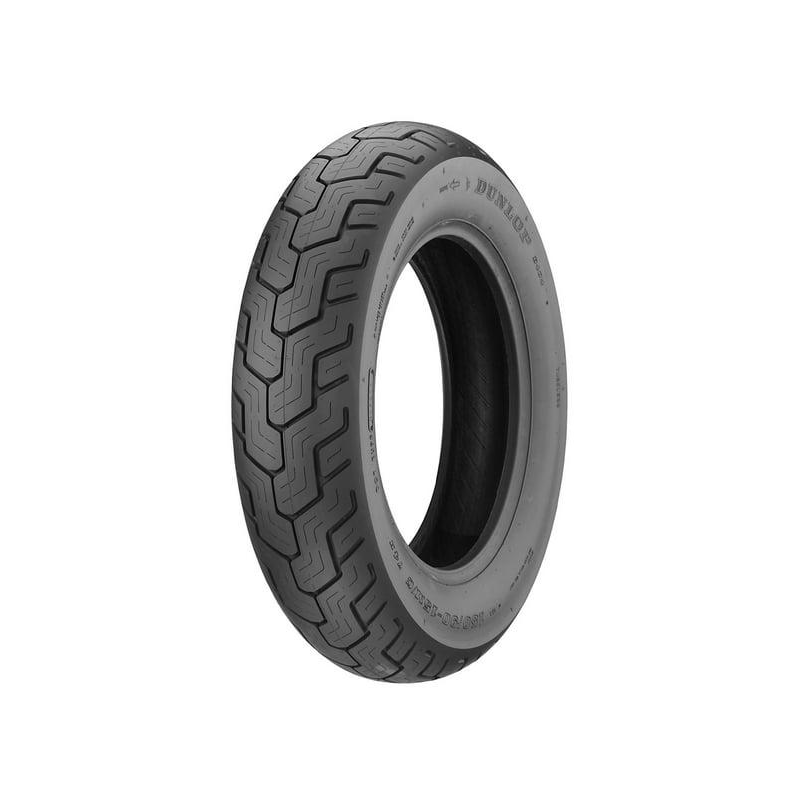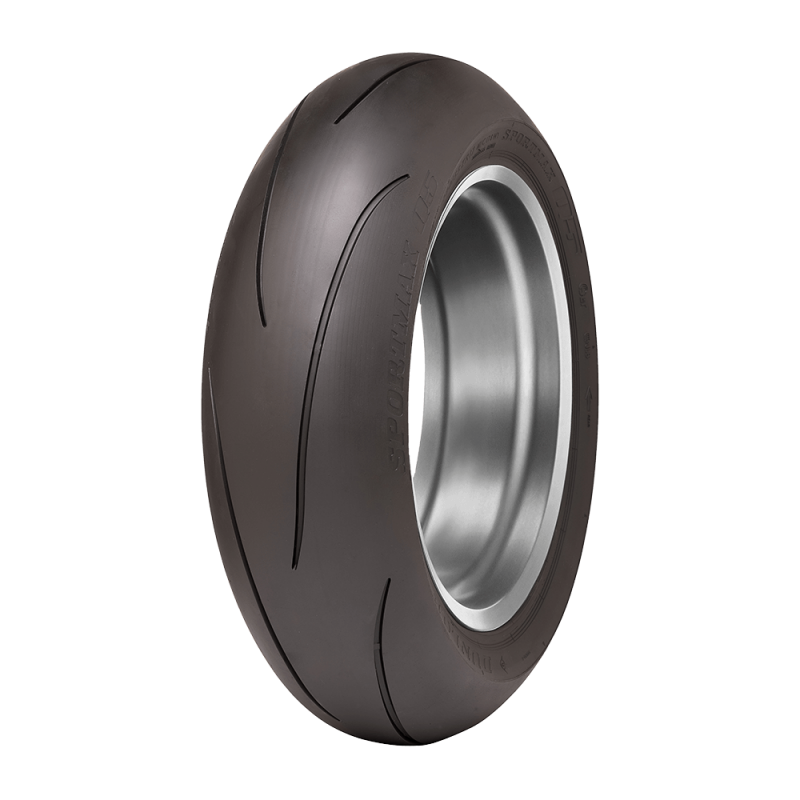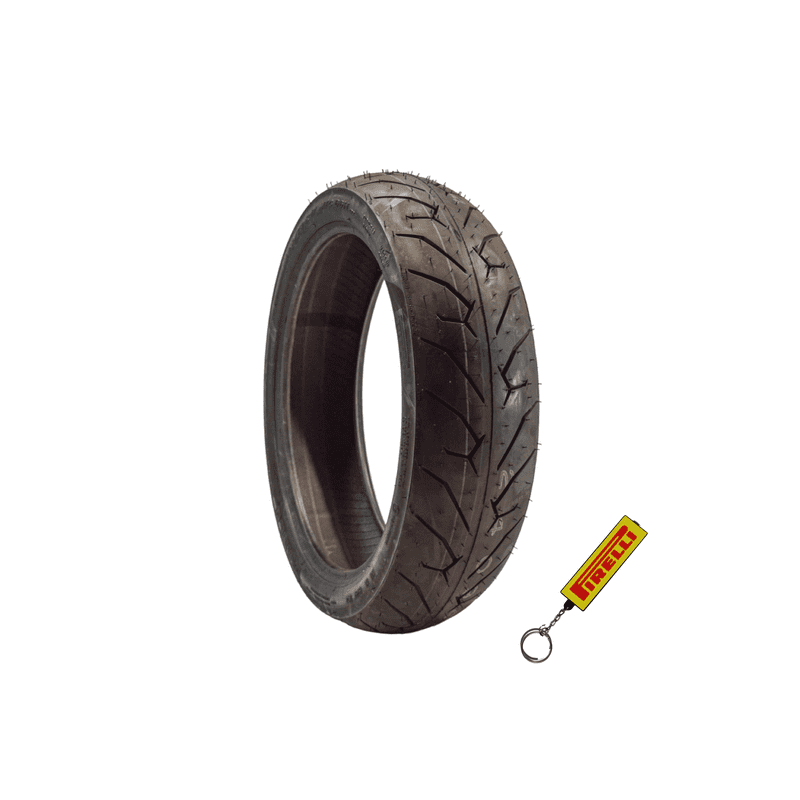When it comes to motorcycle safety and performance, one of the most crucial components is the tires. Their lifespan directly influences your riding experience and safety on the road. So, how long are motorcycle tires good for? In general, most manufacturers recommend replacing motorcycle tires every five to six years. However, this timeline can vary based on numerous factors like riding style, tire type, weather conditions, and maintenance practices. Understanding these aspects will help you ensure that your tires are always in optimal condition, significantly impacting your motorcycle’s performance. In this article, we will explore how long motorcycle tires are good for, what factors contribute to their longevity, how to maintain them, and when it’s time to consider replacement.
Factors Affecting Tire Lifespan
Tire lifespan is not a straightforward subject. Several factors come into play that can either extend or reduce a tire’s life.
Riding Style and Conditions
A significant factor affecting tire life is how you ride. Aggressive riders who frequently brake hard, accelerate rapidly, or take sharp corners will wear out tires faster than those who adopt a more relaxed riding style. Additionally, tire performance can degrade based on the conditions in which you ride. For instance, riding on poorly maintained roads or in extreme weather will impact the longevity of your tires.
Tire Type and Construction
The type of tire and its construction also affect longevity. Sportbike tires, designed for performance and grip, often wear out faster than touring tires, which prioritize durability and comfort. Understanding the specifications of your particular tire can guide you on what to expect in terms of wear and lifespan.
Climate and Storage Conditions
Tires are also sensitive to environmental conditions. Constant exposure to sunlight, high temperatures, and humidity can cause tires to deteriorate more quickly. If you store your motorcycle in a garage or covered area, it can significantly extend tire life. When not in use, storing tires in a cool, dry place can prevent cracking and other kinds of damage.
Quality and Brand
Not all tires are created equally. Investing in higher-quality tires from reputable brands typically means you’ll get longer-lasting performance. Cheaper options may save you money upfront but might cost you in terms of durability and safety. Always check reviews and recommendations for the best choices for your motorcycle.
Signs That Indicate Tire Replacement
Tires will not always show a visible sign of wear before they are unsafe. Knowing the warning signs can help you determine if it’s time to replace your tires.
Tread Depth
The most visible indicator of tire wear is tread depth. If the tread wears down to 1.6mm or less, it’s time for a replacement. Most motorcycle tires have indicators built into them to help you assess tread depth. Always check your tires routinely, as low tread can drastically decrease traction and safety.
Cracking and Bulging
Check for any visible cracks or bulges in the sidewalls of your tires. Cracks often indicate that the rubber has become brittle, usually due to age, while bulges may indicate internal damage. In both cases, these are signs that you should replace the tires rather than wait for a failure.
Vibration and Noise
If you start to feel excessive vibration or hear unusual noises while riding, it may indicate uneven wear or damage. Pay attention to any significant changes in how your motorcycle feels and sounds during a ride. If you notice anything abnormal, have your tires inspected immediately.
Maintaining Motorcycle Tires
Proper maintenance is crucial for prolonging the life of your motorcycle tires. A few simple steps can make all the difference.
Regular Inspections
Make it a habit to check tires for damage, tread depth, and air pressure before every ride. This simple practice can help you identify potential issues before they become significant problems, ensuring a safer riding experience.
Tire Inflation
Maintaining the correct tire pressure is perhaps one of the most critical aspects of motorcycle tire maintenance. Check your tire pressure regularly, as both under-inflation and over-inflation can lead to uneven wear and decreased performance. Consult your motorcycle’s manual for the recommended PSI levels and adhere to them strictly.
Rotating Tires
Just like with car tires, rotating motorcycle tires can also help prolong their lifespan, especially if your motorcycle is prone to uneven wear due to its driving dynamics. Consult with a technician about the best rotation schedule for your specific motorcycle model.
Cleaning and Detailing
Road grime, dirt, and debris can cause damage to tires over time. Regularly wash and detail your tires to keep them clean and in good condition. It’s also a good practice to remove any foreign objects – like stones or glass – that may be lodged in the tread.
Understanding Tire Technology and Advancements
The motorcycle tire industry has advanced significantly in recent years, incorporating new technologies designed to enhance performance and longevity.
Tubeless vs. Tube-Type Tires
Today, many motorcycles come equipped with tubeless tires, which are easier to maintain and less prone to rapid deflation if punctured. Tube-type tires, on the other hand, often require more frequent checks and can be more challenging to repair in case of a puncture. Understanding the differences can help you make informed decisions about replacement options.
Tire Pressure Monitoring Systems (TPMS)
Modern motorcycles often include TPMS, which helps monitor tire pressure in real-time. This technology alerts you when your tire pressure drops, providing a more straightforward way to maintain proper inflation levels. This can be especially crucial for preventing wear and tear on your tires.
Quality of Rubber and Tread Patterns
The materials used in manufacturing today’s motorcycle tires are also of superior quality. Compound rubber, tread patterns, and construction techniques have all evolved to provide better grip, improve longevity, and enhance overall riding experience. Choosing tires made of high-quality materials can lead to a longer lifespan.
Timeline of Motorcycle Tire Lifespan
Understanding a tire’s lifespan extends beyond just the physical wear you can see. Different types of tires may have different timelines for their usability based on several factors.
Mileage Estimates
As a general rule of thumb, many motorcycle tires are rated to last anywhere from 5,000 to 15,000 miles, contingent upon type, usage, and riding conditions. Sport tires typically last on the lower end of this spectrum, whereas touring tires can approach the higher end.
Age Considerations
Beyond mileage, the age of the tire should be considered. Even if a tire shows ample tread, it may still need replacement if it is over six years old. Rubber naturally degrades over time, and the tire may become more prone to failure. Use the DOT code located on the sidewall to determine the manufacturing date of your tires.
Seasonal Considerations
If you live in an area with harsh winters, your tires may experience additional wear during the riding season due to temperature fluctuations and corrosive winter conditions. Seasonal changes must be factored into your evaluation of how long motorcycle tires are good for.
Conclusion
Understanding how long motorcycle tires are good for is essential for ensuring safety and performance on the road. By taking into account various factors such as riding style, tire type, maintenance practices, and environmental conditions, you can make informed decisions about your tires. Regular inspections and awareness of the signs that indicate a need for replacement can significantly contribute to a smoother, safer ride.
Additionally, staying informed about advancements in tire technology and understanding the timelines associated with tire lifespan will enable you to maximize your investment and riding experience. Ultimately, being mindful of your tires not only enhances your motorcycle’s performance but also guarantees your safety on every journey. Remember, investing time in tire maintenance pays off, contributing to your overall enjoyment while on the road.